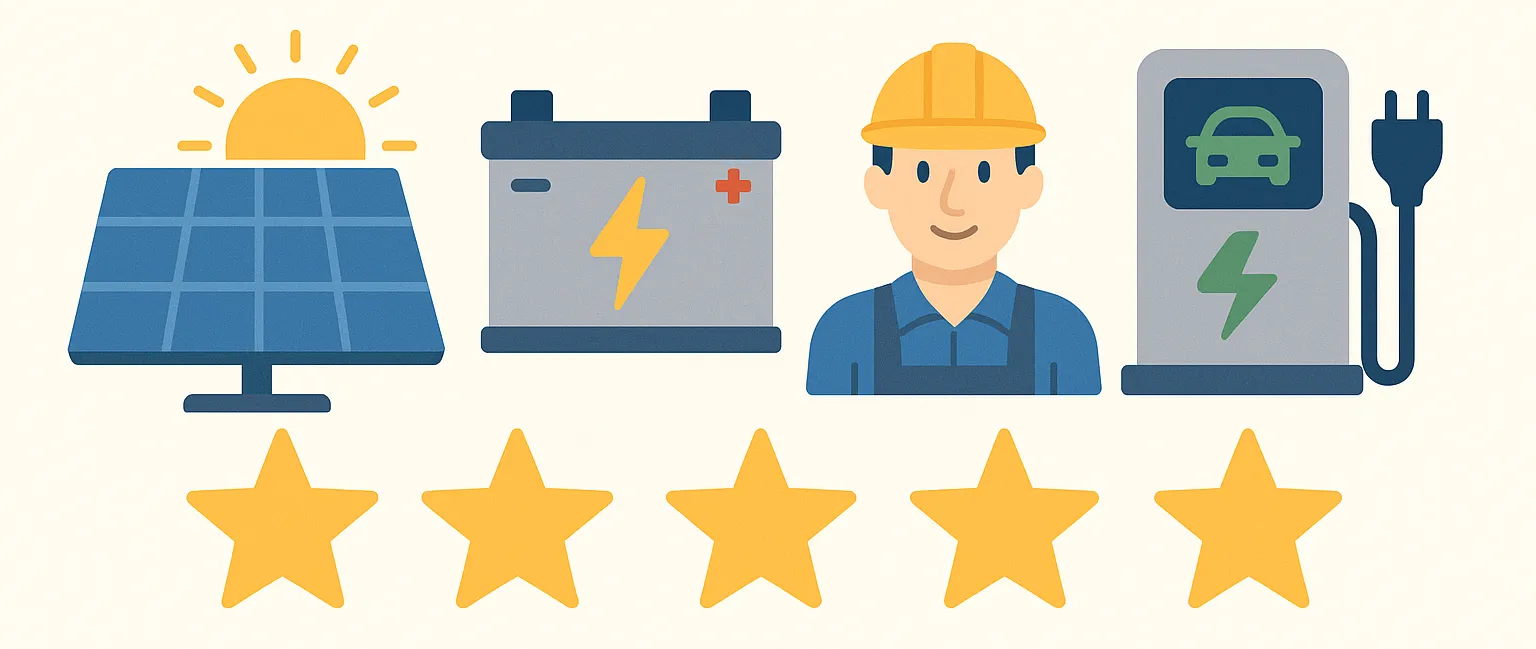If you are installing solar you should be aware the second draft of the new battery standard (DR AS/NZS 5139:2019) has been made public. A nine-week public comment period closed on April 3 and we are waiting on the final document to be released.
Solar installers may remember the first draft that was released on September 2017, which had more than 3,000 responses during the public comment period. One of the big issues was the draft standard excluded certain battery systems from being installed inside domestic homes. There was a lot of confusion in the industry about this point, which ultimately led to the second draft of DR AS/NZS 5139:2019.

The lack of a coordinated and specific battery standard that is up to date with the latest technology makes life hard for installers. Those out on the tools have to piece together the relevant points from six different Australian standards to get the job done. Included in this bunch are favourites such as AS/NZS 3000, AS/NZS 4086 and AS/NZS 4509. The CEC developed our battery guidelines to help bring these different standards together in a more practical reference. But given the number of home batteries being installed, it’s fair to say that the industry is eager for the new battery standard to be released.
How are standards written?
There are various committees that write our electrical standards in Australia. The committee that writes AS/NZS 3000 is called EL-001 and they are known as the “God committee” because the Wiring Rules are the over-arching standard in the electrical industry. The committee that writes the solar and battery standards is called EL-042, Renewable Energy Power Supply Systems & Equipment.
EL-042 is made up of representatives from the solar industry. If you look at the inside of any Australian standard, you will see a list of the voting members who are responsible for writing it.
For a draft or a standard to be published there needs to be a consensus among the voting members of the committee. If there is sustained opposition to a significant issue, this would hold up the consensus process, but otherwise the document gets published when there is a consensus among committee members.
How the public comment process works
The CEC firmly believes that the time to have a say is during the writing process and not after the ship has sailed. For the general public, this is in the public comment period, but for representatives on the standards committee this will continue until the final document is published.
Finding the time to sit down and read the draft on top of your day to day workload can be a challenge. This is especially true with solar businesses so stretched by the amount of work in the industry.
As representatives of solar installers and the renewable energy industry, the CEC hosted a series of free webinars for accredited installers on the battery standards. The first one had more than 600 registrations, about 10% of solar installers. If you consider yourself to be among the best installers in the country and you missed the live recording, the webinar series can still be viewed by going to the CEC website.
The webinars are a crash course in how to read DR AS/NZS 5139:2019. They also gave installers a chance to have access to members of the EL-042 committee, including myself and Sandy Atkins, the co-chair of EL-042 representing Energy Safe Victoria. Participants also had a chance to lodge public comments to the CEC for us to submit to the committee.
The standards writing process sees that every comment that is made is considered. However, saying things like “I don’t like it” is unlikely to get you very far. The reason certain people have an impact is because they back up their opinion with facts. One example is showing how one rule in DR AS/NZS 5139:2019 contradicts other rules in other standards. Or they might think of ways that the same safety outcome could be met in a better way.
What happens next
After the public comments period closes, the EL-042 committee will get together in Sydney to go through the comments. It is impossible to give an actual timeline on when the standard will be published. However, given the government incentives around home energy storage in various states and the rapid uptake of home battery technology, everyone is working towards publishing it as soon as possible. Stay tuned in to the CEC’s Installer News bulletins for the latest updates to the battery standards.
News item provided courtesy of Ecogeneration - www.ecogeneration.com.au
